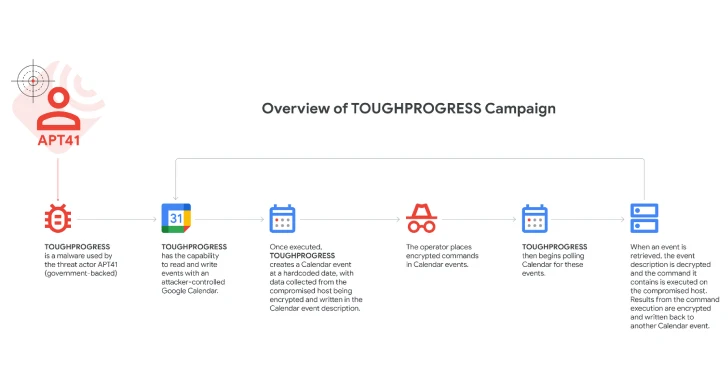Critical W3 Total Cache Vulnerability Exposes Over 1 Million WordPress Sites to Remote Code Execution
A critical security vulnerability has been identified in the W3 Total Cache (W3TC) plugin, a widely used tool for enhancing WordPress website performance. This flaw, designated as CVE-2025-9501, allows unauthenticated attackers to execute arbitrary PHP code on affected servers, potentially leading to full site compromise.
Understanding the Vulnerability
The vulnerability resides in the `_parse_dynamic_mfunc` function within the `PgCache_ContentGrabber` class of W3TC. This function processes dynamic function calls embedded in cached content. Due to insufficient input sanitization, an attacker can inject malicious PHP code through specially crafted HTML comments. When the cached page is processed, the injected code is executed, granting the attacker control over the server.
Conditions for Exploitation
Exploiting this vulnerability requires specific conditions:
1. Page Caching Enabled: The Page Cache feature of W3TC must be active. While this is a core functionality, it is disabled by default on new installations.
2. Public Commenting Allowed: The website must permit unauthenticated users to post comments.
3. Known Security Constant: The attacker must know the value of the `W3TC_DYNAMIC_SECURITY` constant defined in the site’s `wp-config.php` file.
If these conditions are met, an attacker can submit a comment containing a malicious payload, leading to remote code execution.
Potential Impact
Successful exploitation of CVE-2025-9501 can have severe consequences, including:
– Complete Site Takeover: Attackers can gain full administrative control over the WordPress site.
– Data Theft: Sensitive user information and website data can be accessed and exfiltrated.
– Malware Deployment: Malicious software can be installed, affecting site visitors and spreading further.
– Defacement: Attackers can alter website content, damaging the site’s reputation.
Proof-of-Concept Release
Security researchers have developed and released a proof-of-concept (PoC) exploit for this vulnerability. The PoC demonstrates how an attacker can craft a comment containing the payload `echo passthru($_GET[1337])` to execute arbitrary commands on the server. The release of this PoC increases the urgency for website administrators to address the vulnerability promptly.
Mitigation Steps
To protect against this vulnerability, website administrators should take the following actions:
1. Update the Plugin: Ensure that W3 Total Cache is updated to version 2.8.13 or later, where the vulnerability has been patched.
2. Review Configuration Settings: Verify that the `W3TC_DYNAMIC_SECURITY` constant is set to a strong, unique value.
3. Restrict Commenting: Disable comments from unauthenticated users or implement moderation to prevent malicious inputs.
4. Disable Unused Features: If dynamic function caching is not necessary, consider disabling it to reduce potential attack vectors.
Conclusion
The discovery of CVE-2025-9501 in the W3 Total Cache plugin underscores the importance of regular software updates and vigilant security practices. Given the plugin’s widespread use, the potential impact of this vulnerability is significant. Website administrators are urged to implement the recommended mitigation steps immediately to safeguard their sites against potential attacks.



